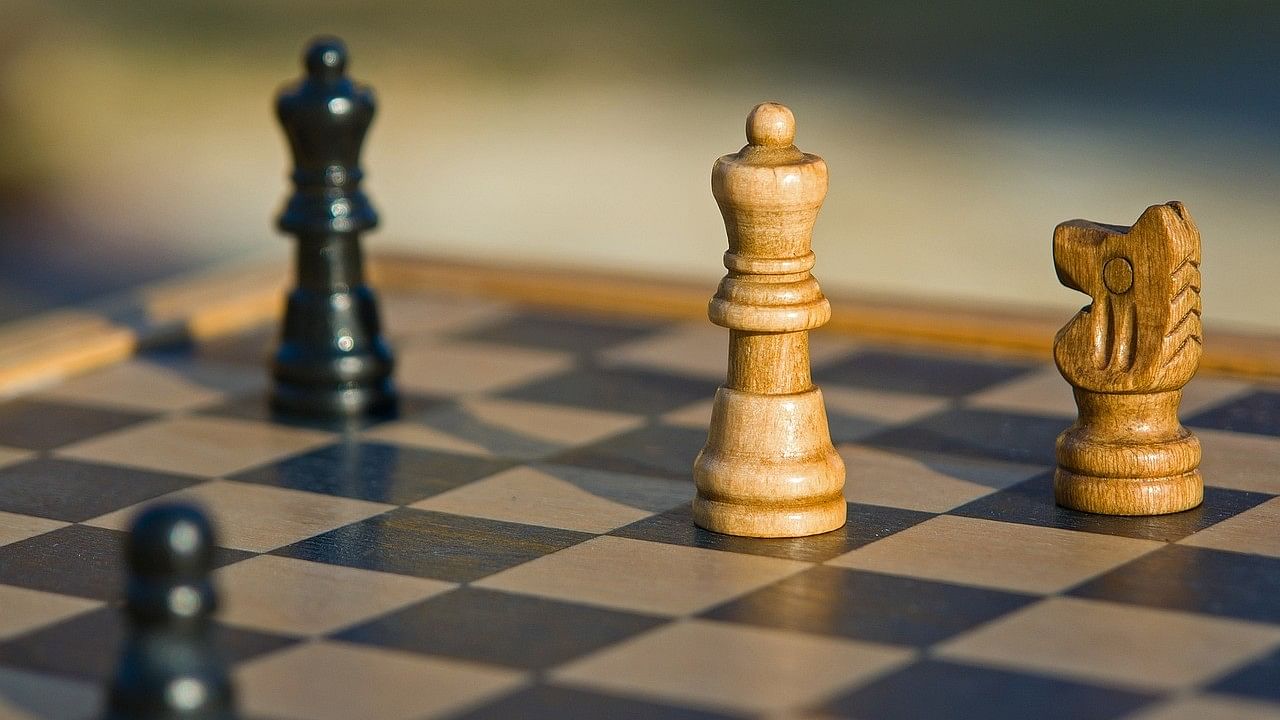
Representative image of a chess board.
Credit: Pixabay Photo
Bengaluru: From India hosting the Chess Olympiad in 2022 to D Gukesh winning the Candidates this year, the game has gained unprecedented prominence in the country. That Chennai will be hosting the World Championship between Gukesh and defending champ Ding Liren has only added to the allure. The growth of the game has also popularised various chess formats. But do they work? Sathvik Bharadwaj decodes them.
Is chess played in different formats?
Chess is played in multiple identified formats internationally. The main differentiating factor between these formats is the time allocated to the players to make a move. Each format offers a unique set of challenges and requires varied approaches.
What are the FIDE-recognised formats of chess?
FIDE, the governing body of chess, has three main formats under which recognised championships are held - Classical, Rapid and Blitz. Classical format is not time-controlled but has a total time limit of 10 hours. Players have unlimited time to strategise before making a move. In Rapid, according to the latest FIDE handbook, all the moves must be completed in a fixed time of more than 10 minutes but less than 60 minutes for each player. Rapid, which allows for strategic manoeuvring, debuted in 1987 and since 2012, the Rapid and Blitz championships have been held together. A blitz game is one where all the moves must be made in a fixed time of more than three minutes but not more than 10 minutes for each player. The time allotted can include various incremental additions. With reduced time to analyse various permutations, the players often rely on pattern recognition and intuition. The first World Blitz Chess Championship was held in 2006.
What are some other chess formats and variants?
Bullet chess is the fastest format of chess. Though not an official format, it is widely used by chess aficionados in online games. The most common time controls in bullet are one minute for the entire game per side (1 min/0 sec) and two minutes per side with an increment of one second per player after each move (2 mins/1 sec). Then there is Armageddon wherein a draw for black pieces is equivalent to a win, while white players have more time on the clock. Another format is Chess960 or freestyle chess. This variant, introduced by Bobby Fischer, is different not just for its time constraints but for the positioning of its pieces as well. Though the pawns are lined up on the second row, the pieces behind are placed randomly. This holds back players from planning their moves in advance to save time. This format has a great potential for growth.
More freestyle tournaments in the future?
Some of the leading names in chess have been keen on introducing more freestyle tournaments globally. In fact, Magnus Carlsen plans to start the Freestyle Chess Grand Slam Tour in India later this year, which reportedly carries a prize money of $500,000 for the India leg. The idea is to have a series of five tournaments per year across continents. Additionally, the positive feedback for the Weissenhaus tournament has prompted the inclusion of more freestyle chess tournaments throughout the year.